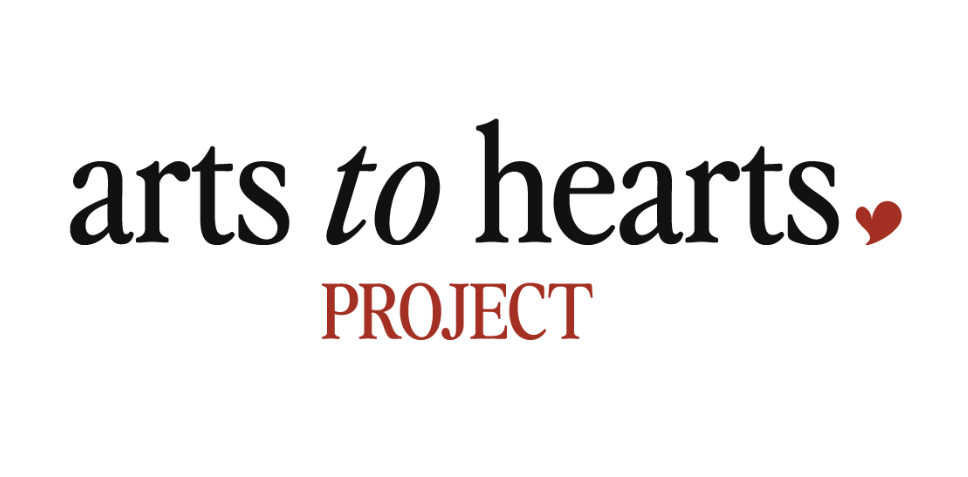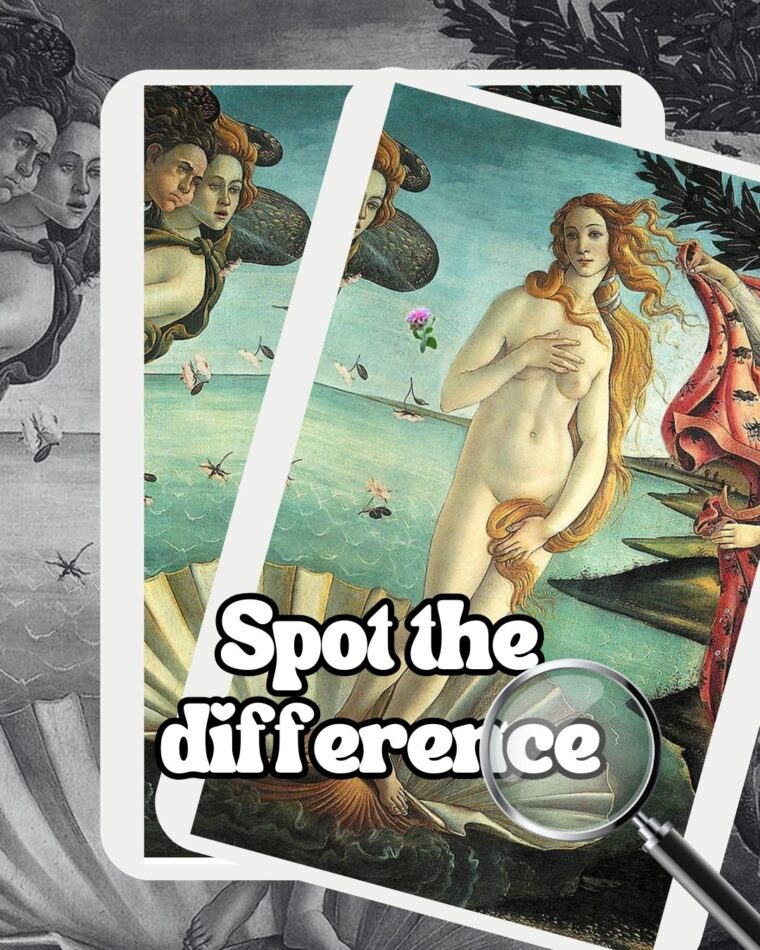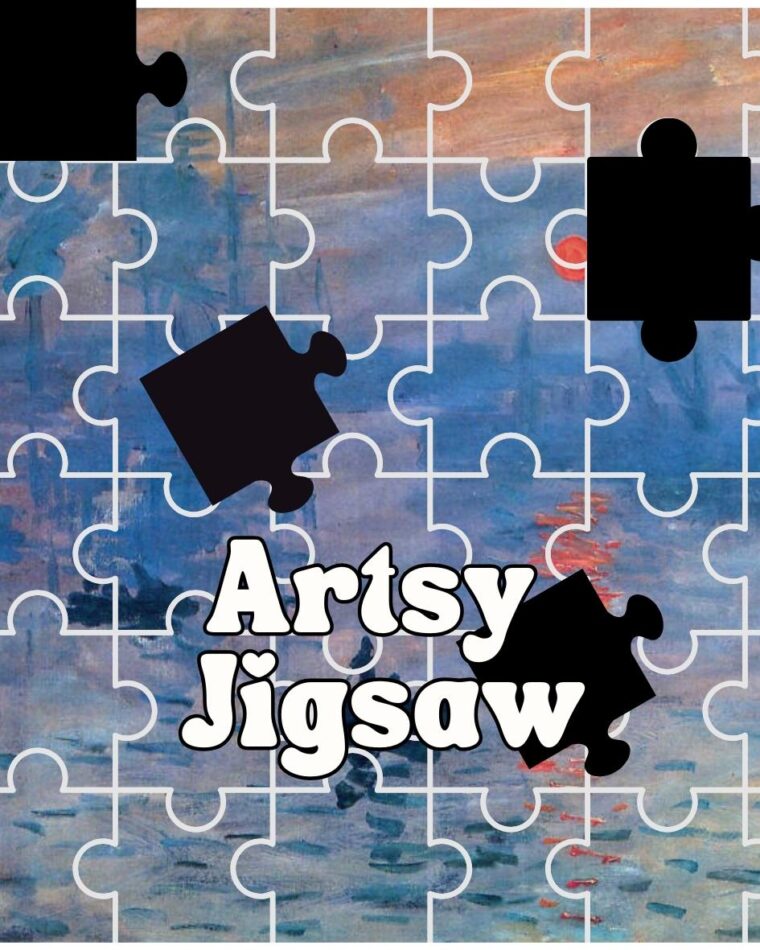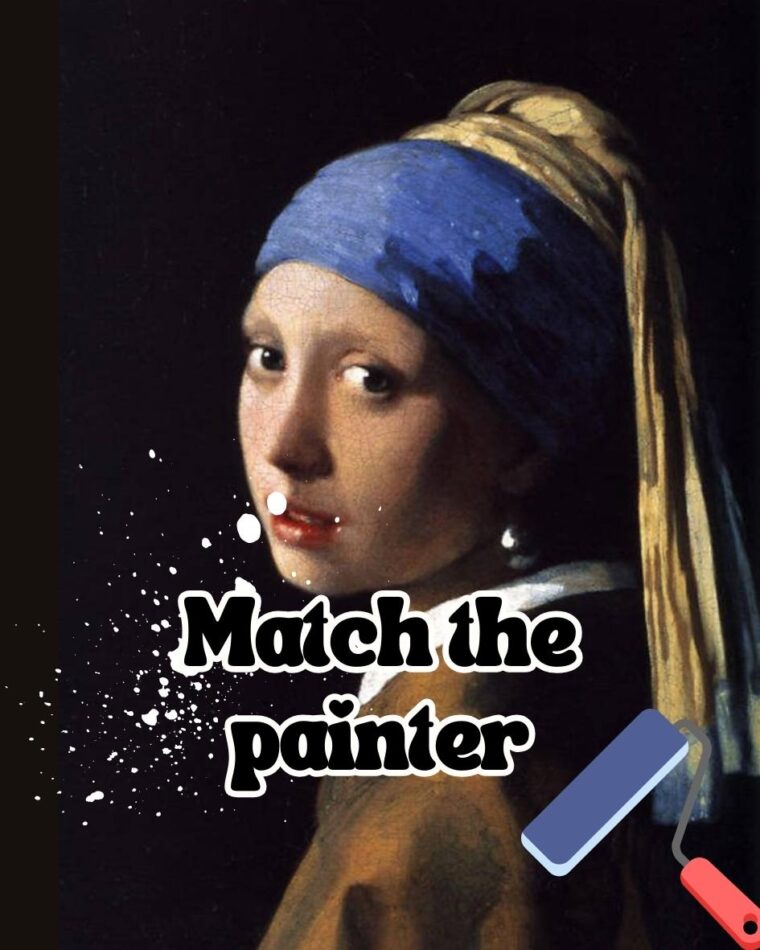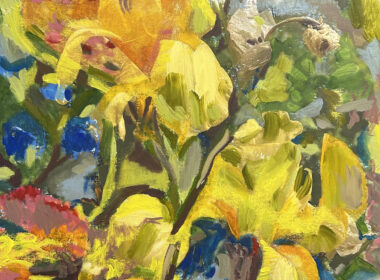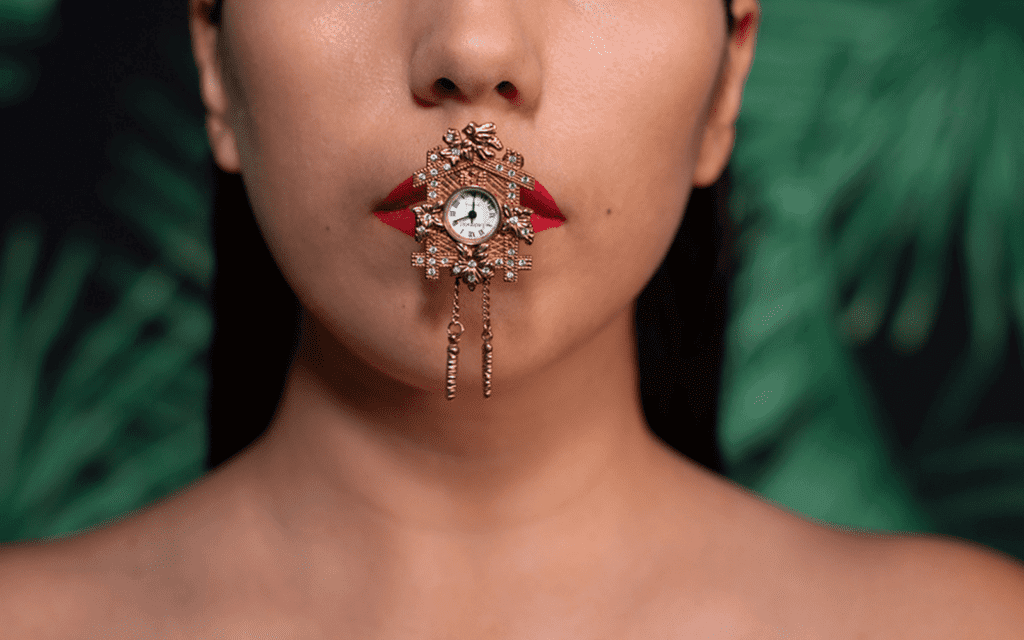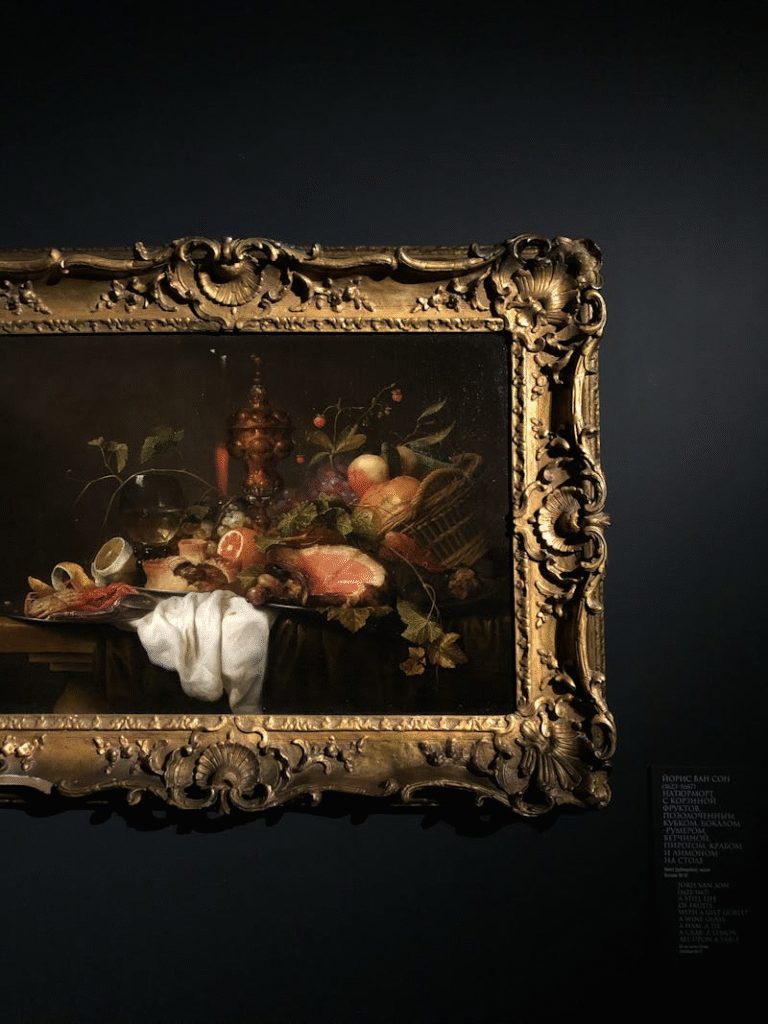
How to Use Open Calls to Transition Into Public Art Projects


“Success is where preparation and opportunity meet.” – Bobby Unser

That quote sums up the journey of many public artists. You don’t just wake up one day and land a huge mural on a city building or a sculpture in a downtown square. It takes time, preparation, and knowing how to grab the right opportunities when they appear.
If you’re an artist who wants to move into the world of public art, whether it’s murals, sculptures, installations, or functional design in public spaces, you might be wondering, Where do I start?
Well, the answer for many successful public artists starts here, with open calls.
Let’s talk about how you can use open calls to not only build your resume but actually transition into large-scale, publicly funded, high-impact projects that shape communities.
Why Public Art, and Why Now?
Public art isn’t just about putting work on a wall or in a park. It’s about reaching people in their everyday lives. It brings creativity into shared spaces and tells a story, sometimes quiet and reflective, other times bold and political.
Governments, city councils, nonprofit organisations, and even private developers are investing in public art more than ever. For example, in the U.S., the “Percent for Art” program mandates that a percentage of large public construction budgets go toward art. Many cities around the world are doing the same, with cities in Europe, Latin America, and Asia launching similar initiatives to beautify urban spaces and involve communities in cultural dialogue.
Public art brings benefits beyond the aesthetic. It increases civic pride, encourages tourism, and brings people together. Studies from Americans for the Arts show that public art not only improves public spaces but also increases engagement and community trust.
In other words, the opportunities are out there, and they are growing, but they aren’t handed out randomly. You need to know how to get your foot in the door.
That’s where open calls come in.
Section 1: Understanding Open Calls
An open call is a public invitation for artists to apply to a project. It’s usually posted by an arts organization, government body, or public institution looking for artists to fill a specific need, whether that’s a gallery exhibit, community mural, or large-scale sculpture.
An open call will typically include:
- A theme or goal for the project
- Budget details and artist fees
- Eligibility criteria like experience level or location
- Submission requirements such as resumes, artist statements, images, and a project proposal
Some open calls are open to international applicants while others are limited to local or regional artists. Some are highly competitive, attracting hundreds of applications, while others are more niche or community-based, offering a good entry point for less experienced applicants.
The most important thing to know is this: They’re open to you, regardless of whether you’ve done a massive public work before or not.
Section 2: Why Open Calls Are a Gateway to Public Art

So, why should you care about open calls if you’re aiming for public art commissions? Because they serve as the training ground and springboard for most artists entering the field.
Let’s explore how they help:
- Open calls build visibility. Every time you submit, your work is reviewed by a selection panel, curator, or public art committee. Even if you don’t get selected, you may be remembered for future opportunities or be invited to apply again.
- They teach you how to propose. Public art requires you to write clearly about your idea, your materials, your budget, and your timeline. Open calls give you real-world practice in creating strong proposals.
- They give you credentials. Even a small local mural selected through an open call looks great on your resume. You can say you’ve worked on a funded project and been through a juried selection process.
- They grow your network. Many public art open calls are hosted by the same cities and institutions again and again. Once you’re on their radar, they may reach out to you directly in the future.
And one more thing: Open calls often reflect the kinds of themes that public art explores, like identity, environment, community, memory, or change. By learning to respond to these themes, you naturally build the kind of practice that fits well in public spaces.
Section 3: How to Start – Step-by-Step Guide
Here’s how to get going, step by step:
1. Start with Smart Research
Visit open call listing sites like:
- CaFÉ (CallforEntry.org)
- Arts To Hearts Project
- ArtDeadline.com
- Open Call For Artists
- CuratorSpace
- Publicartists.org
- Local city websites or arts commission pages
Look for calls that mention terms like “public art opportunity,” “temporary installation,” “community mural,” or “artist commission.”
Also, keep an eye on artist newsletters and social media groups. Sometimes great opportunities are shared informally.
2. Match the Right Opportunity to Your Style
Don’t waste time applying to everything. Look for calls where your strengths and experience match the project needs. For instance, if the open call is asking for socially engaged art, and you’ve done community workshops before, that’s a perfect fit.
If you’re still new to public spaces, look for entry-level or emerging artist calls. These are often open to artists with less experience but strong concepts.
3. Prepare a Strong Application Package
Most open calls ask for:
- A resume or CV
- An artist statement
- Work samples (usually 5 to 10 images)
- A project proposal or letter of intent
- A budget (sometimes optional at first)
Use clear language, proofread carefully, and try to connect your proposal to the goals of the project. If the project is meant to bring people together, explain how your work has done that in the past.
4. Use Visuals to Tell the Story

Your visuals are your proof. Show past work that demonstrates your ability to think spatially, work on a large scale, or collaborate with communities. Even if it’s not a public mural, show how your work has lived outside the gallery, perhaps in a school, a park, or an outdoor event.
If you’re proposing something new, include a mockup. A digital sketch on a photo of the actual site can make a big difference.
5. Don’t Miss the Deadline
This sounds obvious, but late entries are often immediately disqualified. Set reminders. Submit a day early if you can. Technical issues happen.
6. Ask for Feedback When Possible
Not all open calls offer feedback, but if they do, take advantage of it. Even a short note like “the concept was unclear” or “the budget seemed unrealistic” can help you do better next time.
Section 4: Building Your Experience and Portfolio
No public art projects yet? That’s fine. Here’s how to build a portfolio that shows you’re ready.
1. Volunteer or Collaborate
Help another artist on their mural project. Assist with installation. Join a collective. You’ll gain experience and you can list your role in your own portfolio.
2. Create Your Own Opportunities
Ask a local cafe if you can paint their exterior wall. Start a small community art project. Organize a pop-up public installation with friends. Document it well and use it to showcase your initiative.
3. Develop Mock Projects
You can show your thinking and design skills by creating a proposal for a hypothetical site. Choose a real location, describe the idea, and include sketches. It shows you understand how to approach public work even if you haven’t done it yet.
4. Build a Digital Portfolio
Have a clean, easy-to-navigate online portfolio with clear sections for public art, community projects, and concept sketches. Include brief descriptions for each image.
Section 5: Networking and Professional Growth
Success in public art is not just about talent. It’s also about being connected and visible.
1. Attend Public Art Info Sessions
Many cities and organizations host free events to explain how to apply for public art. These are perfect places to meet staff, ask questions, and understand what selection panels are really looking for.
2. Join Artist Networks
Look for public art groups on social media or become a member of your local arts council. Being in the loop often means you hear about opportunities earlier.
3. Be Open About Your Journey
It’s okay to post online about your open call applications, your process, or even your rejections. This not only builds transparency, but it also shows that you are actively working in the field. Other artists may reach out to collaborate, or organizers may take notice.
From Open Call to Public Wall
Moving into public art can seem overwhelming at first, especially if you don’t know where to begin. But open calls offer one of the most practical and proven ways to start that journey.
Every open call you apply to is a chance to improve your materials, refine your vision, and learn how to speak about your work. Every small project you complete becomes a building block for something bigger. And every connection you make opens new doors.
You already have the creative talent. Now you have the tools to take the next step.
So don’t wait. Start applying. Start experimenting. And start building the kind of art career that doesn’t just hang on a wall, but lives out in the world. Don’t forget to tune into Arts To Hearts Project for more artistic insights.

